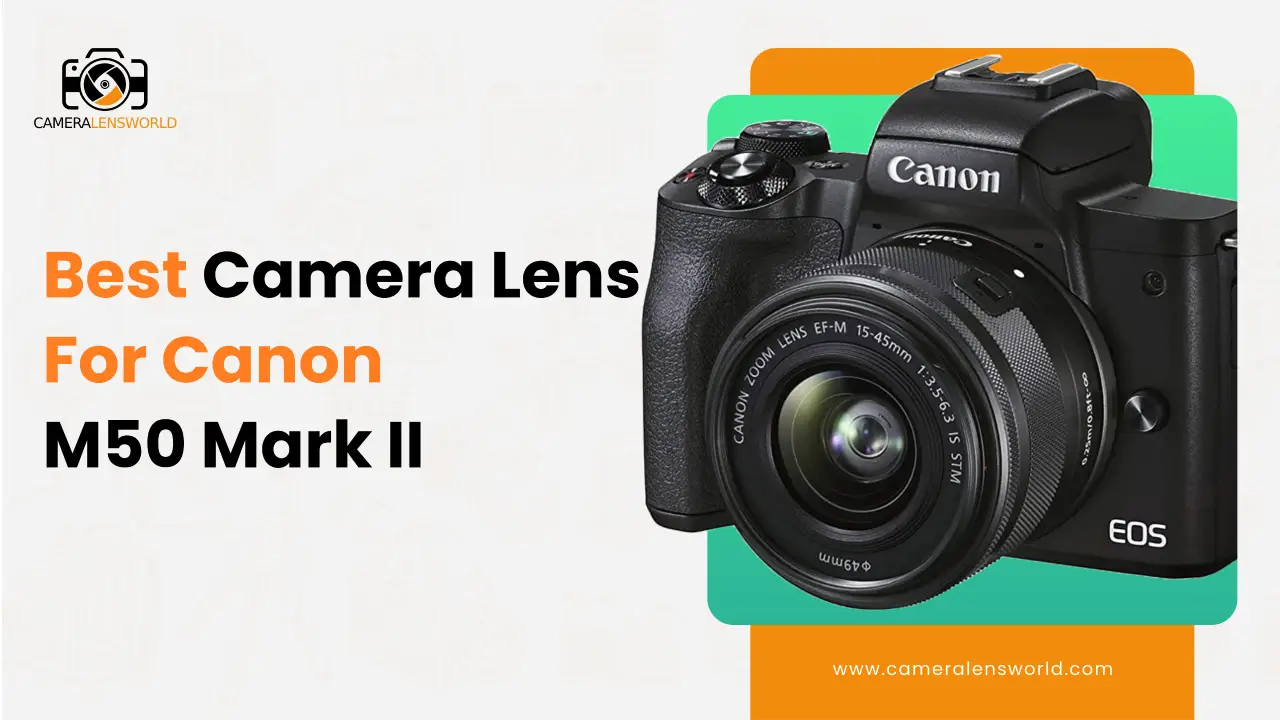
As a photographer, your choice of camera lens can significantly impact the quality of your images. When it comes to the Canon M50 Mark II, finding the best camera lens is paramount. Whether you’re a beginner exploring the world of photography or a seasoned pro looking to enhance your gear, this article delves into the ultimate guide for the best camera lens for Canon M50 Mark II.
I will navigate through various lenses, each designed to unlock the full potential of this gem. From versatile zoom lenses to prime gems, I have got you covered.
So let’s start and choose the best for you.
List of the best camera lens for Canon M50 mark II [Quick list]
Here is a List of the best camera lens for Canon M50 Mark II.
- Canon EF-M 55-200mm f/4.5-6.3 IS STM
- Canon EF-M 28mm f/3.5 Macro IS STM
- Canon EF-M 32mm f/1.4 STM
- Sigma 56mm f/1.4 DC DN | C
- Canon EF-M 11-22mm f/4-5.6 IS STM
- Sigma 16mm f/1.4
- Canon EF-M 15-45mm F3.5-6.3 IS STM
- Canon EF-M 22mm f/2 STM
- Canon EF-M 18-150mm F3.5-6.3 IS STM
List of the best camera lens for Canon M50 Mark II
[Detailed analysis]
Here, I am sharing a detailed analysis of a list of the best camera lens for Canon m50 mark ii.
1. Canon EF-M 55-200mm f/4.5-6.3 IS STM
- This lens has a variable maximum aperture, ranging from f/4.5 at the wide end (55mm) to f/6.3 at the telephoto end (200mm).
- The Canon EF-M 55-200mm lens has a filter thread size of 52mm.
- The lens has a maximum magnification of 0.21x.
| wdt_ID | Brand | Canon. |
|---|---|---|
| 1 | Type | Telephoto lens. |
| 2 | Lens format coverage | EOS M series. |
| 3 | Compatible Mounting | Canon EOS M. |
| 4 | Image Stabilization | Image stabilization up to 3.5 stops. |
| 5 | No.of diaphragm blades | 7 blades. |
| 6 | Lens construction | 17 elements in 11 groups. |
| 7 | Minimum focus distance | 1.0 m. |
| 8 | Weight | 260 g. |
| 9 | Adjustment | Stepping motor (pulse). AF with a full-time manual. |
Reasons to buy:
- Lightweight and easy to handle.
- Effective zoom range.
Reasons to avoid:
- The maximum telephoto reach isn’t particularly long.
- Mounting plate made of plastic.
2. Canon EF-M 28mm f/3.5 Macro IS STM
- The Canon EF-M 28mm f/3.5 Macro IS STM lens has a maximum aperture of f/3.5
- The world’s first lens with an integrated Macro Lite that, when activated, automatically gives light to your photographs as needed, enhancing the sensation of depth and dimension.
- The filter size for this lens is 43mm.
- The Canon EF-M 28mm f/3.5 Macro IS STM lens has a maximum magnification of 1.2x.
| wdt_ID | Brand | Canon. |
|---|---|---|
| 1 | Type | Macro lens. |
| 2 | Lens format coverage | EOS M series. |
| 3 | Compatible Mounting | Canon EOS M. |
| 4 | Image Stabilization | Image stabilization up to 3.5 stops. |
| 5 | No.of diaphragm blades | 7 blades. |
| 6 | Lens construction | 11 elements in 10 groups. |
| 7 | Minimum focus distance | 0.09 m. |
| 8 | Weight | 130 g. |
| 9 | Adjustment | Stepping motor. |
Reasons to buy:
- Astonishing maximum magnification of 1.2x
- LED Macro Lite Built-in
Reasons to avoid:
- The working distance for macros is extremely near.
- At close range, stabilization is less effective.
3. Canon EF-M 32mm f/1.4 STM
- The Canon EF-M 32mm f/1.4 STM lens boasts an impressive maximum aperture of f/1.4.
- The filter size for this lens is 43mm.
- The Canon EF-M 32mm f/1.4 STM lens has a maximum magnification of 0.25x.
| wdt_ID | Brand | Canon. |
|---|---|---|
| 1 | Type | Standard lens. |
| 2 | Lens format coverage | EOS M series. |
| 3 | Compatible Mounting | Canon EOS M. |
| 4 | Image Stabilization | No image stabilization. |
| 5 | No.of diaphragm blades | 7 blades. |
| 6 | Lens construction | 14 elements in 8 groups. |
| 7 | Minimum focus distance | 0.23 m. |
| 8 | Weight | 235 g. |
| 9 | Adjustment | Stepping motor. |
Reasons to buy:
- Typical’standard’ viewpoint
- Aperture rating of f/1.4.
Reasons to avoid:
- Expensive for a Canon EF-M lens.
- As is customary, no hood is provided.
4. Sigma 56mm f/1.4 DC DN | C
- The Sigma 56mm f/1.4 DC DN | C lens features an impressive maximum aperture of f/1.4.
- The filter size for this lens is 55mm.
- The lens is not weather-sealed.
SIGMA 56MM F/1.4 DC DN | C
| wdt_ID | Brand | Sigma. |
|---|---|---|
| 1 | Type | Standard lens. |
| 2 | Lens format coverage | Full frame. |
| 3 | Compatible Mounting | Canon EF-M. |
| 4 | Image Stabilization | No image stabilization. |
| 5 | No.of diaphragm blades | 9 blades. |
| 6 | Lens construction | 10 elements in 6 groups. |
| 7 | Minimum focus distance | 0.5 m. |
| 8 | Weight | 280 g. |
| 9 | Adjustment | The stepping motor offers smooth and quiet autofocus. |
| Brand | Sigma. |
Reasons to buy:
- Lightweight and compact but sturdy
- Aperture rating of f/1.4
Reasons to avoid:
- There are no weather seals.
- There is no optical stabilization.
5. Canon EF-M 11-22mm f/4-5.6 IS STM
- The Sigma 56mm f/1.4 DC DN | C lens features an impressive maximum aperture of f/1.4.
- The filter size for this lens is 55mm.
- The lens has a maximum magnification of 0.3x.
| wdt_ID | Brand | Canon. |
|---|---|---|
| 1 | Type | Wide angle lens. |
| 2 | Lens format coverage | EOS M series. |
| 3 | Compatible Mounting | Canon EF-M. |
| 4 | Image Stabilization | Image stabilization up to 3 stops. |
| 5 | No.of diaphragm blades | 7 blades. |
| 6 | Lens construction | 12 elements in 9 groups. |
| 7 | Minimum focus distance | 0.15 m. |
| 8 | Weight | 220 g. |
| 9 | Adjustment | Stepping motor (pulse). |
Reasons to buy:
- Refreshingly small and light.
- Excellent build quality.
Reasons to avoid:
- The lens hood is offered separately.
- Expensive.
6. Sigma 16mm f/1.4
- The maximum aperture of the Canon EF-M 11-22mm f/4-5.6 IS STM lens is variable, ranging from f/4 at the wide end (11mm) to f/5.6 at the telephoto end (22mm).
- The filter size for this lens is 67mm.
- The lens is not weather-sealed.
| wdt_ID | Brand | Sigma. |
|---|---|---|
| 1 | Type | Wide angle lens. |
| 2 | Lens format coverage | Full frame. |
| 3 | Compatible Mounting | Sony E. |
| 4 | Image Stabilization | No image stabilization. |
| 5 | No.of diaphragm blades | 9 blades. |
| 6 | Lens construction | 16 elements in 13 groups. |
| 7 | Minimum focus distance | 0.25 m. |
| 8 | Weight | 405 g. |
| 9 | Adjustment | Completely accommodates Rapid Hybrid AF. |
Reasons to buy:
- Excellent image quality.
- Aperture rating of f/1.4.
- Lightweight.
Reasons to avoid:
- There are no weather seals.
- There is no optical stabilization.
7. Canon EF-M 15-45mm F3.5-6.3 IS STM
- The maximum aperture of the Canon EF-M 15-45mm F3.5-6.3 IS STM lens is changeable. It begins at f/3.5 at 15mm wide-angle and narrows to f/6.3 at 45mm telephoto.
- The filter size for this lens is 49mm
- The lens has a maximum magnification of 0.25 x.
| wdt_ID | Brand | Canon. |
|---|---|---|
| 1 | Type | Telephoto wide-angle lens. |
| 2 | Lens format coverage | APS-C. |
| 3 | Compatible Mounting | Canon EF. |
| 4 | Image Stabilization | The lens has image stabilization. |
| 5 | No.of diaphragm blades | 7 blades. |
| 6 | Lens construction | 10 elements in 9 groups. |
| 7 | Minimum focus distance | 25 cm. |
| 8 | Weight | 125 g. |
| 9 | Adjustment | A stepping motor (lead screw-type STM) contributes to smooth and noise-free operation. AF ad MF. |
Reasons to buy:
- Compact and lightweight.
- Versatile zoom range.
- Affordable price.
- Image stabilization (IS).
Reasons to avoid:
- Limited low-light performance.
8. Canon EF-M 22mm f/2 STM
- The Canon EF-M 22mm f/2 STM lens features a fixed maximum aperture of f/2.
- The filter size for this lens is 43mm.
| wdt_ID | Brand | Canon. |
|---|---|---|
| 1 | Type | Standard lens. |
| 2 | Lens format coverage | Full frame. |
| 3 | Compatible Mounting | Canon EF-M. |
| 4 | Image Stabilization | No image stabilization. |
| 5 | No.of diaphragm blades | 7 blades. |
| 6 | Lens construction | 7 elements in 6 groups. |
| 7 | Minimum focus distance | 0.15 m. |
| 8 | Weight | 105 g. |
| 9 | Adjustment | Built-in stepping motor enables smooth and quiet autofocus. Internal, using a Stepper Motor (STM), manual focus via fly-by-wire. |
Reasons to buy:
- Wide maximum aperture (f/2).
- Compact and lightweight design.
- Excellent low-light performance.
- Creates a beautiful background blur (bokeh).
- Sharp image quality.
Reasons to avoid:
- Fixed focal length (no zoom).
- Limited versatility for certain photography styles.
9. Canon EF-M 18-150mm F3.5-6.3 IS STM
- Canon EF-M 18-150mm F3.5-6.3 IS STM lens aperture is changeable. It narrows to f/6.3 at 150mm telephoto from f/3.5 at 18mm wide-angle.
- The filter size for this lens is 55mm.
- The lens has a maximum magnification of 0.31x.
| wdt_ID | Brand | Canon. |
|---|---|---|
| 1 | Type | Wide-angle telephoto lens. |
| 2 | Lens format coverage | APS-C. |
| 3 | Compatible Mounting | Canon EF-M. |
| 4 | Image Stabilization | The lens has image stabilization up to 4 stops. |
| 5 | No.of diaphragm blades | 7 blades. |
| 6 | Lens construction | 17 elements in 13 groups. |
| 7 | Minimum focus distance | 25 cm. |
| 8 | Weight | 290 g. |
| 9 | Adjustment | STM AF motor. |
Reasons to buy:
- A wide zoom range allows you to capture a wide range of subjects.
- Consistent focusing performance and overall sharpness.
- Excellent close-up skills.
- Excellent optical stabilization.
Reasons to avoid:
- 60mm slows the aperture to f/6.3.
- Chromatic aberration in RAW files (unless you use Canon’s software), but it should be easy to remove.
- More flare than desired.
What to look for in the best camera lens for Canon M50 Mark II
1- Aperture
For the best camera lens for Canon M50 Mark II, find the finest lens by considering the aperture. The f-stop value of an aperture is f/2.8 or f/1.4. A bigger aperture and lower f-stop number allow more light and better low-light performance.
It allows deeper depth of field for artistic effects. Choose a lens with an aperture that suits your shooting style and lighting, balancing creativity and pragmatism.
2- Image Stabilization
When searching for image stabilization for the best camera lens for Canon m50 mark ii, look for lenses labeled with “IS” or “Image Stabilization” in their name. Additionally, check for features like “Optical Image Stabilization” or “4-axis/5-axis stabilization” in the lens specifications.
This technology helps reduce camera shake and improve the sharpness of your photos and videos, making it an essential feature for stable and clear imaging on the Canon M50 Mark II.
3- Focal Length
When selecting the best camera lens for Canon M50 Mark II, consider the focal length, usually specified in millimeters (mm). Look for zoom lenses with a range (e.g., 18-55mm) that meets your demands for varied photography.
Smaller focal lengths (for example, 18mm) are suitable for wide-angle photographs, while wider ones (for example, 50mm) are ideal for portraits and close-ups. Prime lenses, such as a 50mm prime for portraiture, often have a fixed focal length and can give great image quality for certain tasks.
4- Autofocus
When choosing the best camera lens for Canon M50 Mark II, prioritize autofocus capabilities. Check that the camera’s Dual Pixel Autofocus (DPAF) feature is compatible with smooth and quick focusing.
Look for lenses that use USM (Ultrasonic Motor) or STM (Stepping Motor) technology for quiet and precise autofocus. Check if the lens has a full-time manual focus override for creative control. These features will improve your Canon M50 Mark II photography and video experience.
Best camera lens for Canon m50 Mark II FAQs
Is Canon EOS M50 Mark II good for professional photography?
The Canon EOS M50 Mark II is an excellent choice for taking stills and video on the road. The 4K video quality isn’t spectacular, and the live-streaming constraints are frustrating, but the still photographs it produces are attractive. Despite its small size, the camera is also incredibly comfortable to hold.
What kind of lenses does the Canon M50 Mark II use?
Your camera natively supports EF-M lenses. A mount adaptor is required to utilize EF or EF-S lenses. RF lenses will not work with your camera.
Is Canon M50 Mark II good for cinematography?
Despite image quality concerns caused by stabilization, the M50 II can produce some stunning footage. Like other Canon cameras, it excels in terms of visual performance.
Conclusion
In conclusion, choosing the best camera lens for Canon M50 Mark II is your decision. With experience at your disposal, the decision is now yours. Your photography adventure awaits, so choose the lens that best fits your creative vision.
If you’re new to this, consider checking out my comprehensive “Beginner’s Guide for Buying Camera Lenses,” tailored to help you make an informed choice for the best camera lens as a beginner.
Happy shooting!
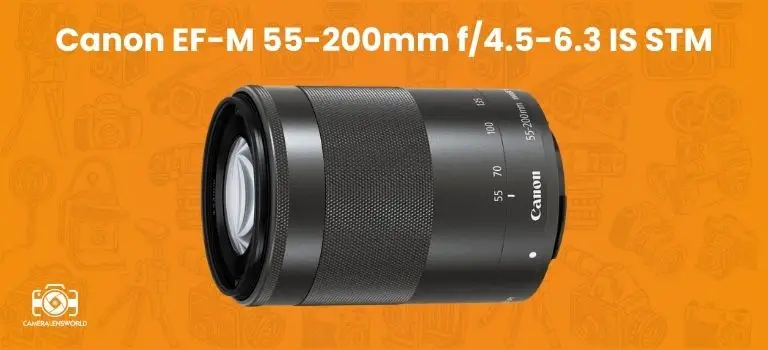
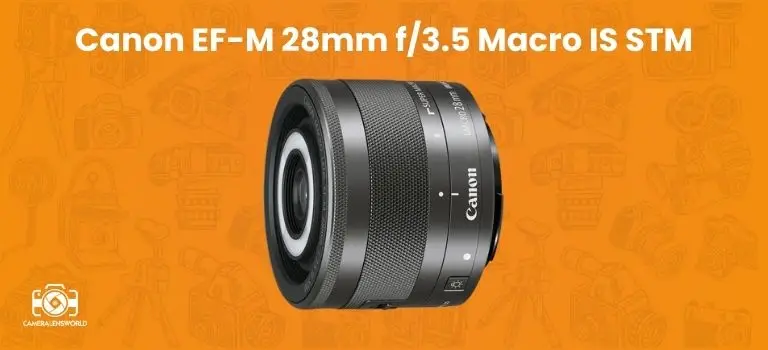
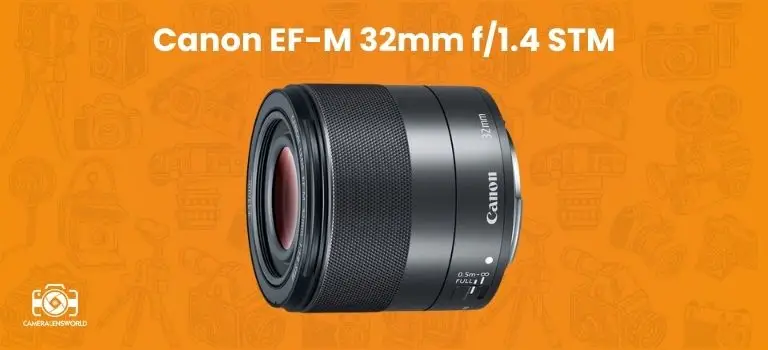
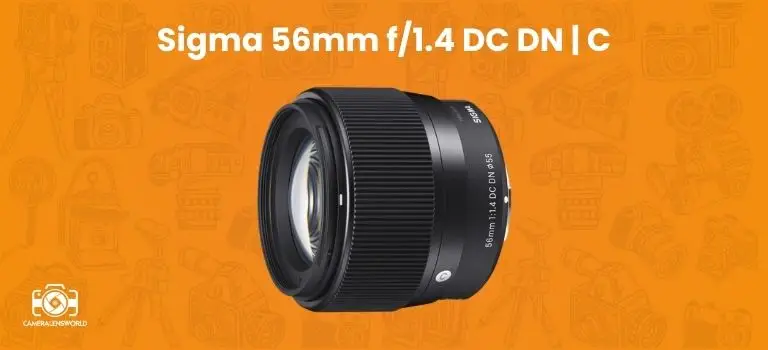
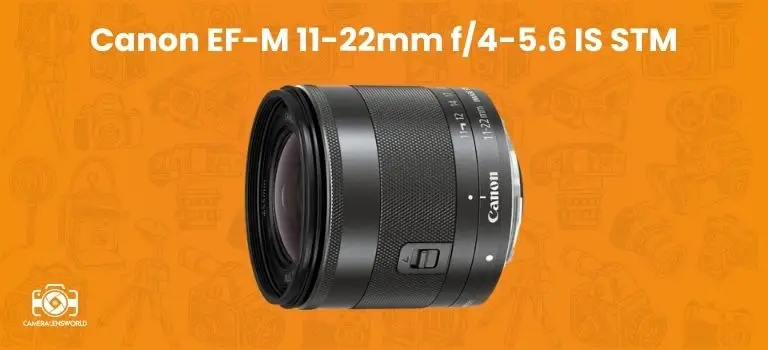
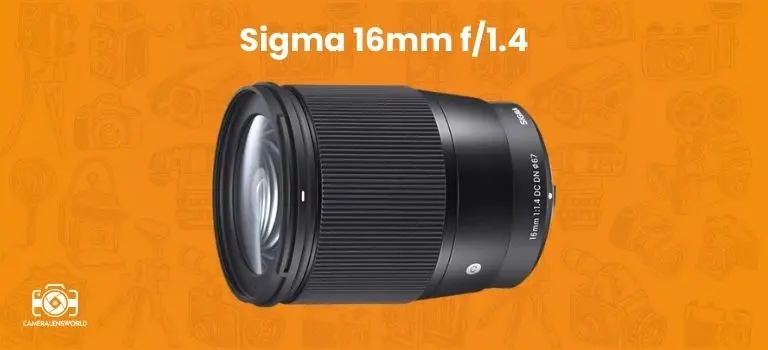
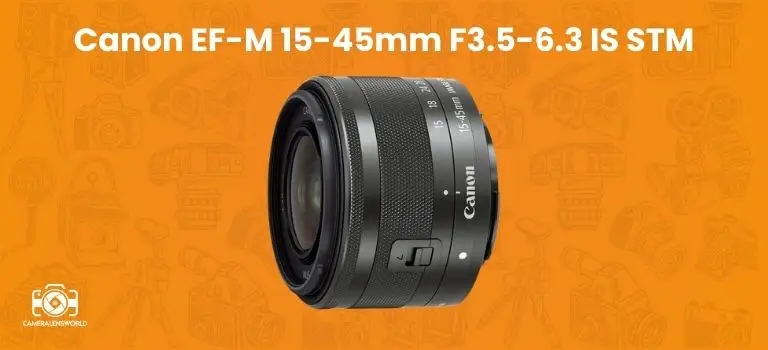
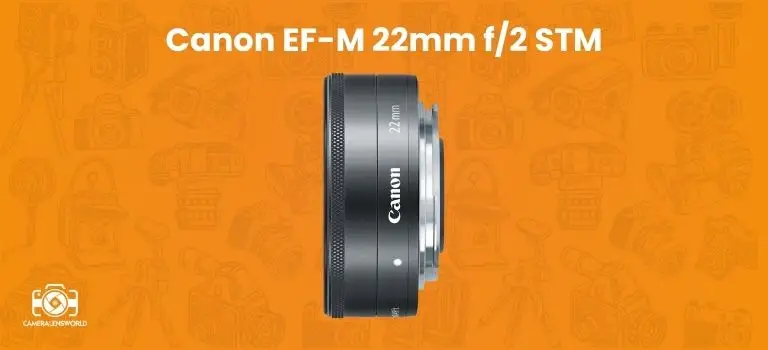
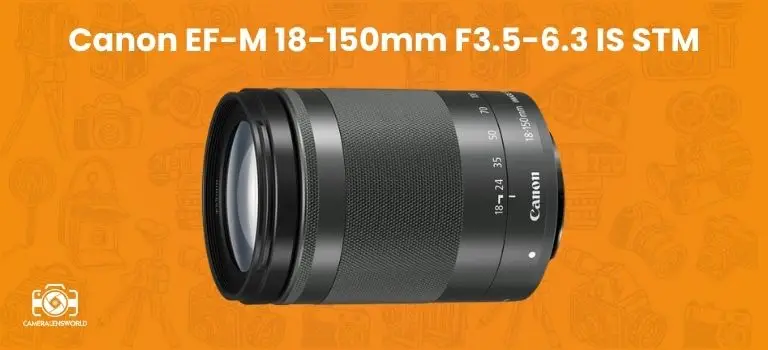

Leave a Reply
You must be logged in to post a comment.